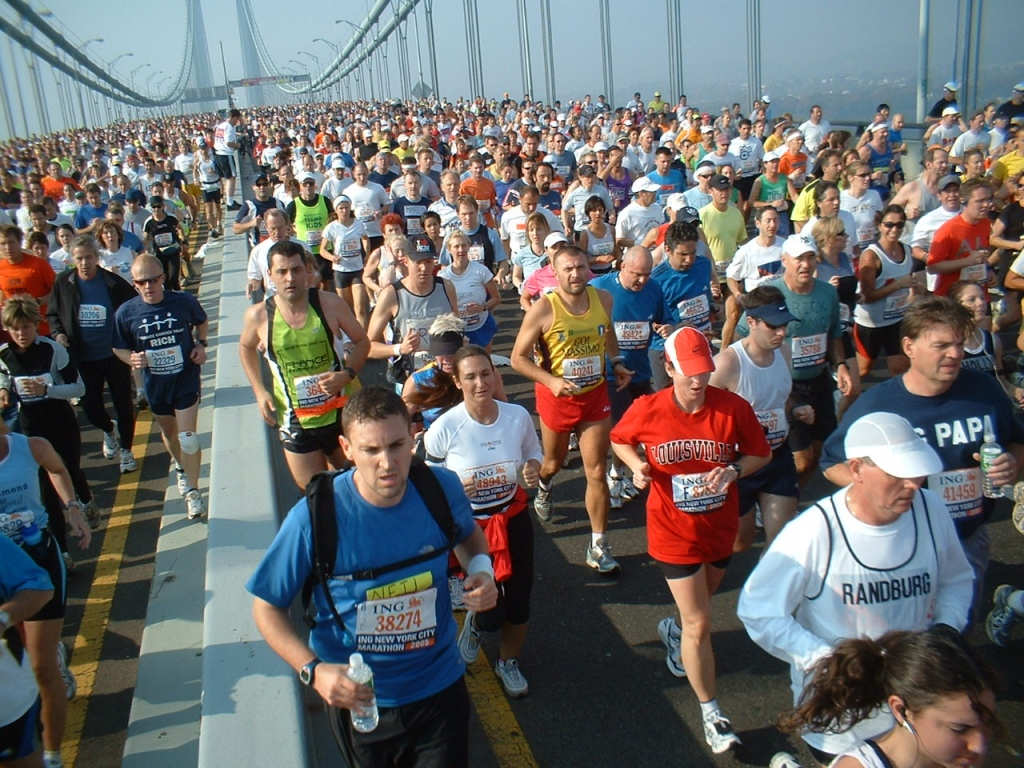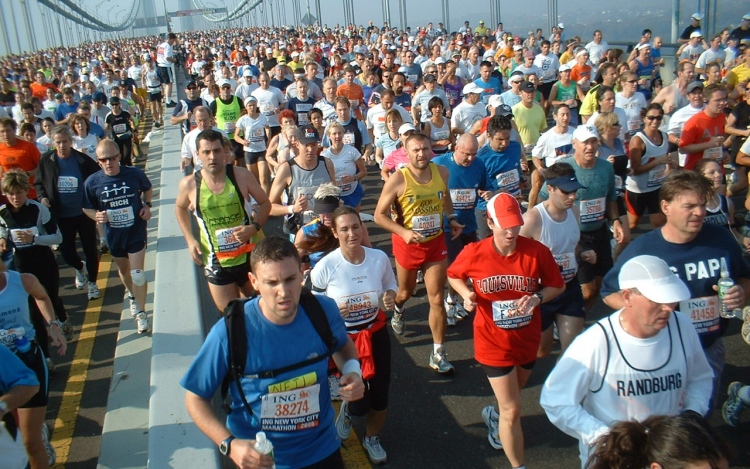So you’ve decided to organize a race – could be for any number of reasons: general fitness, raising awareness for a cause, or perhaps even the thrill of competition. Whatever the reason for organizing the race, there is a lot of work to go through in order to make sure your race is successful and fun for all involved.

1. Organize a Committee
Organizing a 5k is a major commitment, and the fact of the matter is attempting to do it all by yourself can easily become overwhelming. By getting together a committee of volunteers interested in helping to make this a successful venture, you will have others to help you fill in any gaps you may have missed as well as sharing the burden of making sure everything goes smoothly.
2. Name, date, and location
A name for the race helps people separate it from many other races that might be organized, while also helping people identify it with its purpose. If this is a charity event, naming it in a way that connects with your cause will help remind people what they’re running for.
Date and location are also incredibly important as well. Organizing a race during a major holiday or concurrent with another major race would create unnecessary competition, whether it is with another race or simply with the desire to enjoy certain holiday traditions. Naturally, you’ll also want to find a time when people would not be working (so weekends are usually a safe bet). The point is to pick a time that is convenient for the runners.
As for location you’ll want a place that is easy for people to get to, and if you plan to have the race ran in an urban area you will most likely need to secure permits to ensure streets are cleared of traffic when race day rolls around. Furthermore you want to make sure your racers aren’t going through unsafe locations, so when plotting out the ideal location it may be best to run or walk the entirety of the route you are planning yourself.
3. Budgeting and Logistics
One of the hardest parts of organizing a race is figuring out everything you’ll need. Food, water, custom t-shirts, restrooms, and numerous other items to ensure the fun and safety of those involved.
You’ll have to plan out how much money you’ll need in order to make the operation run smoothly – organizing a 5k isn’t cheap after all. As a part of the budgeting process you’ll also want to determine how much to charge the runners to ensure you earn enough to cover your costs, or more if you plan to profit from the event. Sponsorship may also help to cover costs associated with organizing the race.
The logistics side of things involves figuring out where to put all of the resources you gather. With the nature of a 5k, ensuring that adequate water is on hand important. You’ll also want to have food available for after the race as your runners will be tired and most likely hungry. Contacting local restaurants and having them provide catering would be an excellent idea: you feed your runners, and the restaurant in question gets some publicity out of the deal.
In general, for consumables or any other resources, a good rule of thumb is to think of how much you believe you’ll need and double it, ESPECIALLY for water.
Manpower and where to direct it is also a concern, as you’ll need to know where to position volunteers for maximum effect – including manning water stations, being on hand in case of emergencies, signing up runners, and other such work. See if you can get local hospitals to contribute a few EMTs to be on stand-by in case of an emergency: especially if you are organizing the race in warmer climates or during warmer times of the year. One of the key words for organizing a successful 5k is “safety”.
4. Permits and Law Enforcement
As mentioned above, make sure you get your permits in order. A 5k will inevitably require use of public roads, thus requiring authorization from the local governments in order to proceed. This will make the event safer as well as after obtaining the permit you may be able to get the cooperation of local law enforcement to help redirect traffic away from the event to ensure a safe environment for your runners from beginning to end.
5. Drum Up Volunteers
Once you have your permits in place and know the when, where, and how of your event, you will need to gather volunteers to help host it. This can be done through a number of methods such social media. If you’ve managed to attract sponsorship you may be able to get them to contribute manpower to the event as well or assist with recruitment.
6. Publicity
Now that you’ve attracted volunteers, it is time to attract the runners themselves. As with attracting volunteers, social media can be a very useful tool. Facebook, twitter, and craigslist are effective avenues for advertising. More traditional means of advertising should also be employed as well such as radio and newspaper ads or through local TV stations. When doing your budgeting work above, make sure you included the costs of ad space in your budget calculations!
7. Event Day
Once event day rolls around you need to be sure you have a means to register your runners quickly and easily. A seamless registration process will make things easier both for yourself and for your runners. In fact, allowing for online pre-registration before event day will make things easier in the long run as you can adapt if your online registrations are turning up a higher or lower than expected turn out.
It is important that all involved know where they’re supposed to be and what they’re supposed to be doing, so arrive early to ensure everything goes smoothly. You’ll also want to be sure you’re on hand so you can be aware of and respond to last-minute or unexpected hiccups or emergencies that may require an immediate response.
Furthermore, always keep in mind why you are organizing the race. Whether it’s for fun or for a cause, handing out memorabilia is a useful tool: custom shirts for example handed out at the finish line can serve as a visible reminder of this day that will likely stay with your runners for years to come.
8. Clean-up
With the event completed and the racers having gone home, it is time to clean things up. It is best to have a second wave of volunteers on standby to assist with breaking things down and cleaning up the aftermath – as those who were with you all day have likely had a long day as it is. Knowing who will be responsible for what aspects of breaking down the race ahead of time is an important part of your initial planning phase, thus forestalling confusion in the long run.
Once the race is cleaned up and everybody has gone home, you’ll be able to rest knowing you have managed to organize a successful 5k run that was fun and safe for all involved.
Happy Planning!
Sources:
EHow
How Stuff Works
Non-Profit People
This article was written by Brennen Kliffmueller. Brennen is no novice when it come to competitive running. After 8 year of being on his high school and college varsity cross country teams, he began running in 5k’s and marathons across the country and one day hopes to run in the Boston Marathon. Brennen also is a professional content creator for DesignMyShirt.com, a custom t-shirt company. To view more of his writings, you can visit his Google+.




